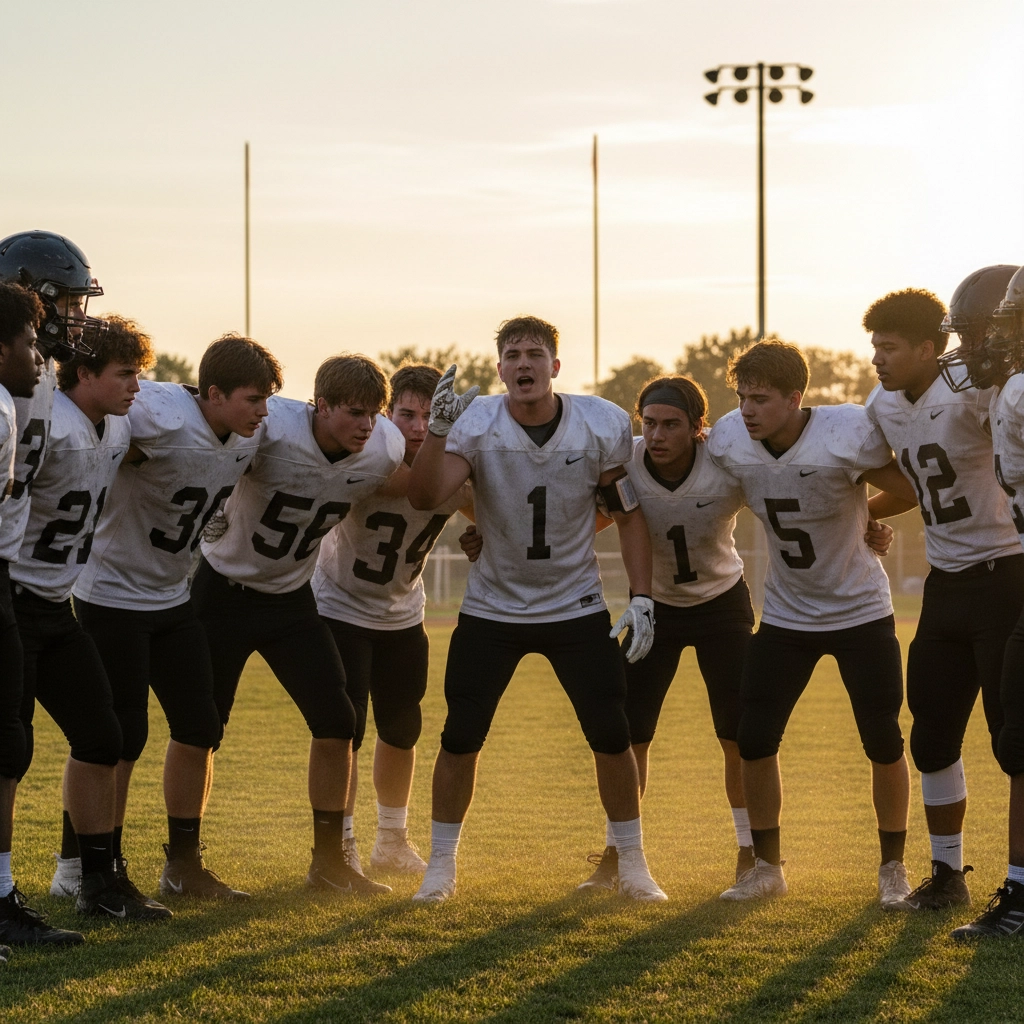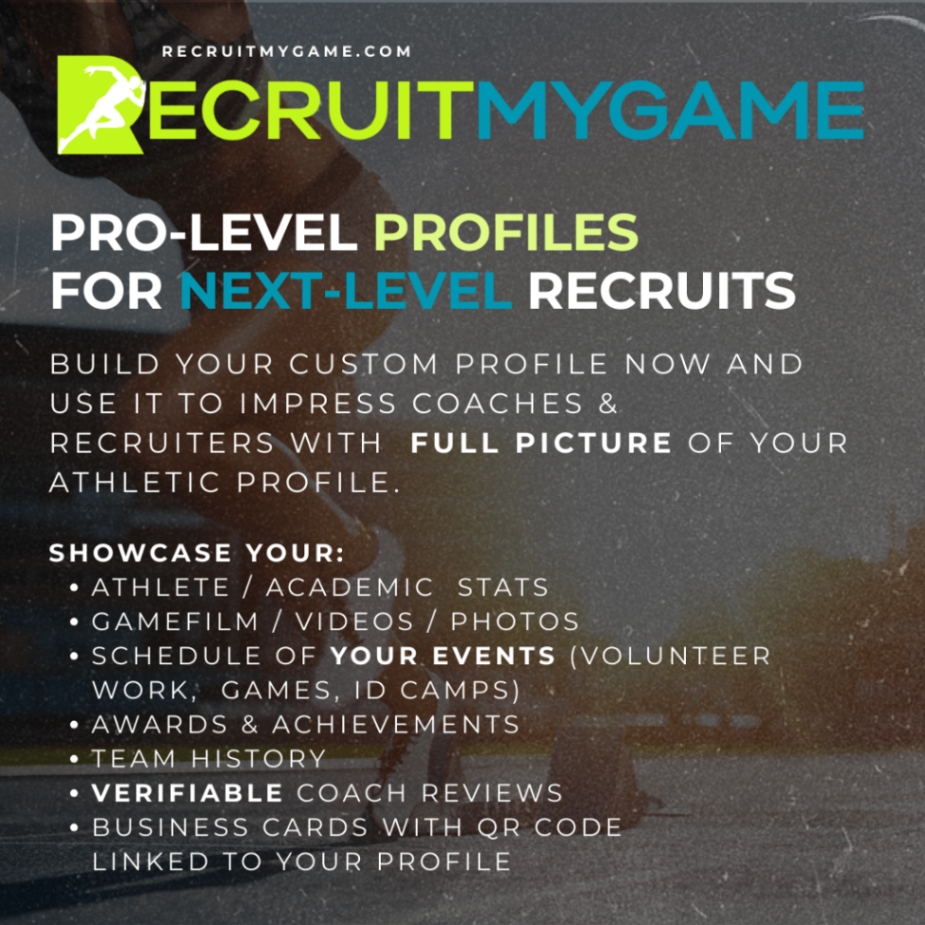While you've been perfecting traditional methods, college coaches have moved on to direct communication with athletes, data-driven evaluations, and technology-first approaches.
Here's the reality: Your role hasn't disappeared: it's evolved. The coaches who understand this shift are seeing their athletes get recruited at higher rates than ever before. The ones clinging to outdated methods are watching talented players get overlooked.
Let's break down exactly what you need to stop doing and what actually works in 2025's recruiting landscape.
What You Must STOP Doing Immediately
1. Acting as the Communication Gatekeeper
The old way: You controlled all communication between your athletes and college coaches, writing formal letters and making phone calls on their behalf.
Why it's failing: Modern college coaches receive hundreds of emails daily directly from high school athletes. As one St. Norbert College coach revealed, it's "incredibly common" for players to email or DM college coaches directly through social media platforms.
Technology has eliminated the need for intermediaries. Platforms like Hudl, PFF, and even Instagram give college coaches direct access to game footage and athlete communication. When you position yourself as a middleman, you're actually slowing down the process.
Stop wasting time on: Gatekeeping communication and insisting all contact goes through you first.
2. Writing Generic, Subjective Evaluations
The old way: Sending lengthy letters filled with vague praise like "hard worker," "team player," or "natural leader" without specific data or examples.
Why it's failing: College coaches see thousands of these generic evaluations. Without objective metrics or concrete examples, your words blend into background noise. Modern assessment tools now provide structured, data-backed evaluations that carry more weight than subjective opinions.
Stop wasting time on: Writing one-size-fits-all recommendation letters that could describe any athlete.

3. Believing You Can "Sell" Players to Mismatched Programs
The old way: Contacting dozens of college programs hoping someone will bite, regardless of whether the athlete is a realistic fit.
Why it's failing: College coaches have clearly defined needs and sophisticated evaluation processes. Pushing athletes toward programs where they don't realistically belong wastes everyone's time and can damage your credibility with college coaches.
Stop wasting time on: Shotgun approaches that ignore realistic fit and program needs.
4. Ignoring the Power of Social Media and Direct Digital Communication
The old way: Dismissing social media as unprofessional or dangerous for recruiting.
Why it's failing: Research shows that athletes posting highlights on personal social media accounts often see better results than using traditional recruiting websites. College coaches regularly monitor recruits' social media for both talent evaluation and character assessment.
Stop wasting time on: Fighting against digital platforms instead of teaching proper usage.
What ACTUALLY Works in 2025
1. Become a Strategic Recruiting Advisor
Your new role is guide, not gatekeeper. Here's how to add real value:
Teach Professional Self-Recruiting Skills:
Show athletes how to write compelling emails to college coaches
Help them organize their Hudl accounts with proper tagging and descriptions
Guide them on professional social media presentation
Teach them how to research college programs effectively
Provide Context, Not Just Access:
When college coaches review footage, include specific timestamps and situational context. Instead of sending raw game film, add notes like "See Q3, 2:18 for leadership example when team was trailing by 14 points."
Quality Over Quantity Connections:
As recent studies show, college coaches prefer "personal emails and full game tapes" over mass-distributed recruiting profiles. Help your athletes target 5-7 realistic programs with personalized outreach rather than blasting 50+ schools.
2. Implement Data-Driven, Structured Evaluations
Replace subjective commentary with objective assessments:
Use Standardized Frameworks:
Create consistent evaluation metrics across all athletes
Include specific statistics, measurables, and performance data
Document character traits with concrete examples
Provide video testimonials (60 seconds or less) highlighting qualities that stats can't capture
Example of Effective Evaluation:
Instead of: "John is a hard worker and great teammate."
Try: "John organized voluntary 6 AM workouts for three months during off-season (attendance: 18/20 teammates). Improved 40-yard dash from 4.8 to 4.6 seconds through consistent effort. Maintained 3.4 GPA while working part-time job."

3. Target Smarter, Not Harder
Focus your efforts where they'll have maximum impact:
The "Smaller Net" Strategy:
Research 3-5 realistic college targets per athlete based on academic profile, athletic metrics, and program needs
Connect athletes with alumni from your program who succeeded at similar levels
Partner with PE teachers and youth coaches to identify underdeveloped talent who might respond well to structured guidance
Realistic Placement Focus:
Match athletes to programs where they can actually contribute, not just get roster spots. This builds long-term relationships with college coaches who trust your evaluations.
4. Develop the "Invisible" Qualities That Matter
College coaches increasingly emphasize mental and character traits alongside physical abilities:
Leadership Development:
Create structured opportunities for athletes to demonstrate leadership. Rotate captaincy responsibilities, have players run team meetings, or organize community service projects.
Mental Resilience Documentation:
Keep specific examples of how athletes handle adversity. "After missing game-winning free throws, Sarah stayed after practice to shoot 100 additional free throws and encouraged teammates during next game timeout."
Character Assessment Integration:
Use modern assessment tools that measure coachability, work ethic, and team chemistry: qualities college coaches value but can't see in highlight reels.
Practical Implementation Steps
Week 1-2: Audit Your Current Approach
List all recruiting activities you currently do
Identify which fall into "old way" categories
Survey 3-5 college coaches you work with about their preferences
Week 3-4: Establish New Systems
Create standardized evaluation templates with objective metrics
Set up proper Hudl organization systems for your athletes
Develop social media guidelines and training materials
Month 2: Train Your Athletes
Host workshops on professional email communication
Practice social media audit and optimization
Teach self-evaluation and goal-setting skills
Ongoing: Build Strategic Relationships
Focus on developing deeper relationships with 5-10 college programs that regularly recruit your talent level
Create feedback loops with college coaches about what they want to see
Document and share success stories to refine your approach

The Modern Coach's Competitive Advantage
The coaches who thrive in today's recruiting landscape understand that technology isn't replacing them: it's amplifying their impact. By shifting from gatekeeper to strategic advisor, you become an invaluable resource for both athletes and college coaches.
Your athletes get better guidance, more realistic expectations, and higher-quality recruiting opportunities. College coaches get better-prepared prospects and more reliable evaluations. You build stronger relationships across the entire recruiting ecosystem.
The bottom line: Stop fighting the changes in recruiting. Start leveraging them.
Modern recruiting platforms like Recruit My Game are designed to support this new coaching approach, providing tools for data-driven evaluation, professional profile creation, and strategic college targeting. These platforms don't replace your expertise: they amplify it with technology that college coaches actually use.
What's the first old-school method you'll drop this season? More importantly, which modern strategy will you implement first? The coaches who adapt fastest give their athletes the biggest competitive advantage in an increasingly crowded recruiting landscape.
Remember: Your value hasn't disappeared. It's just time to deliver it differently.


